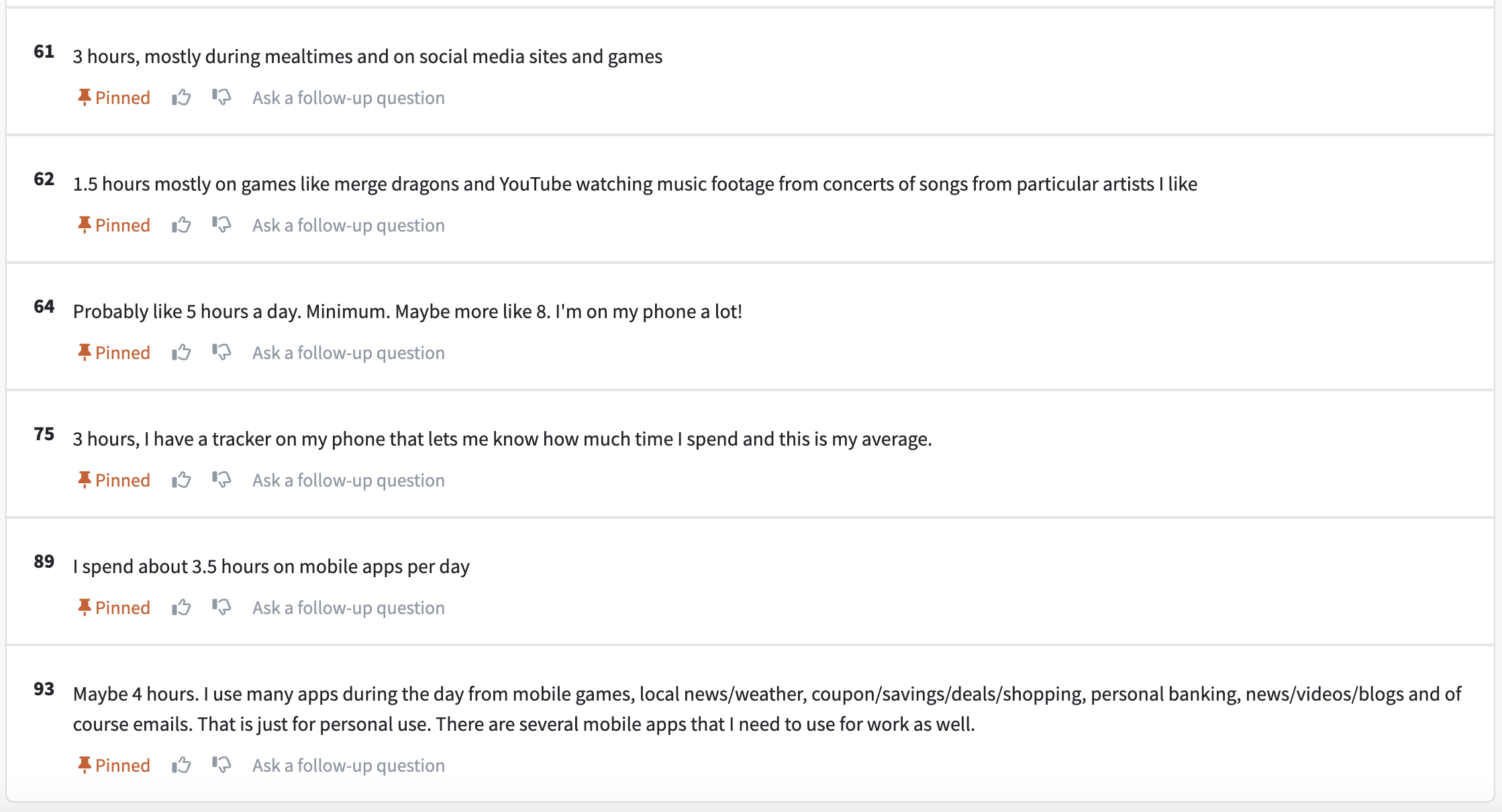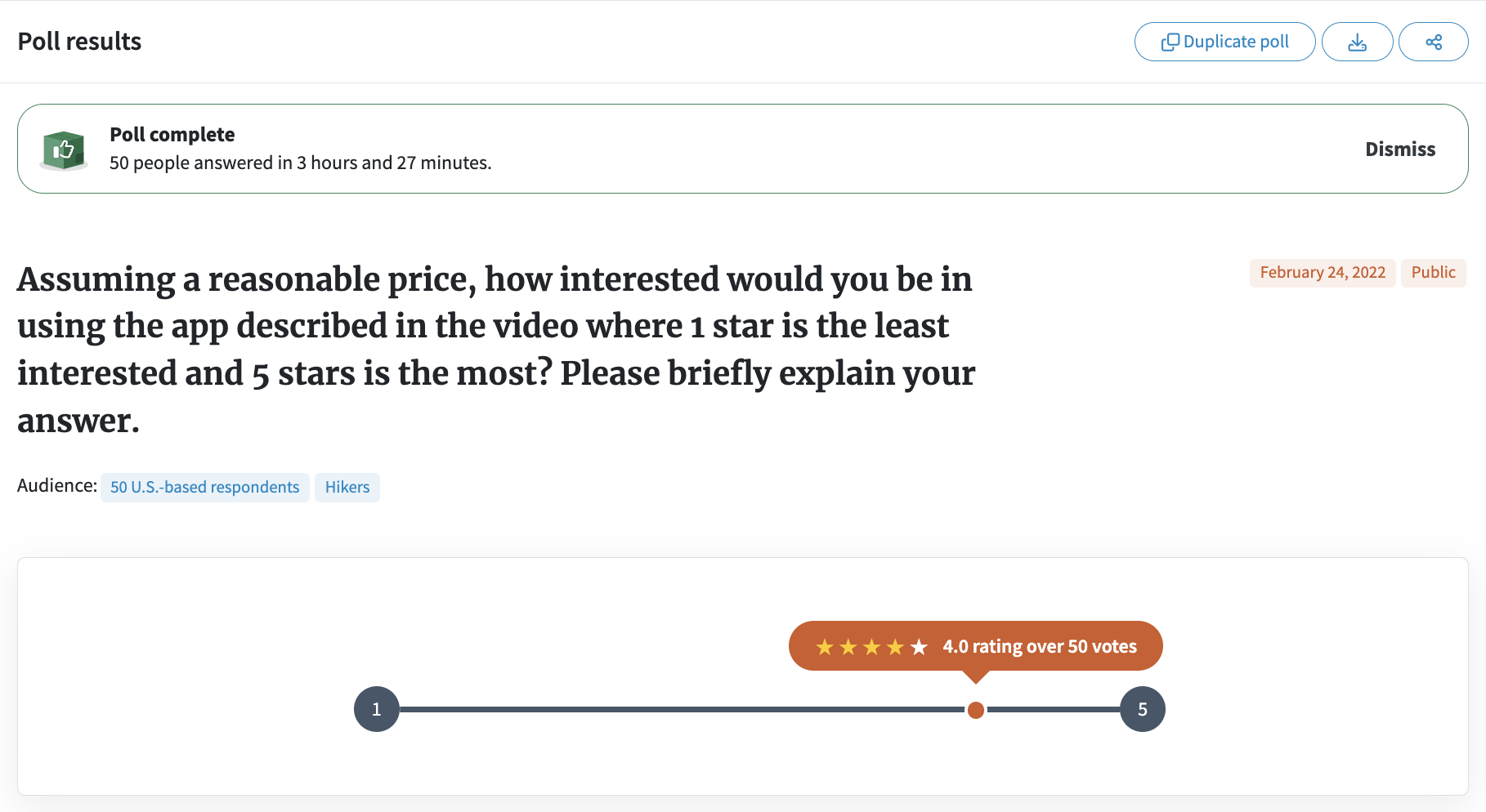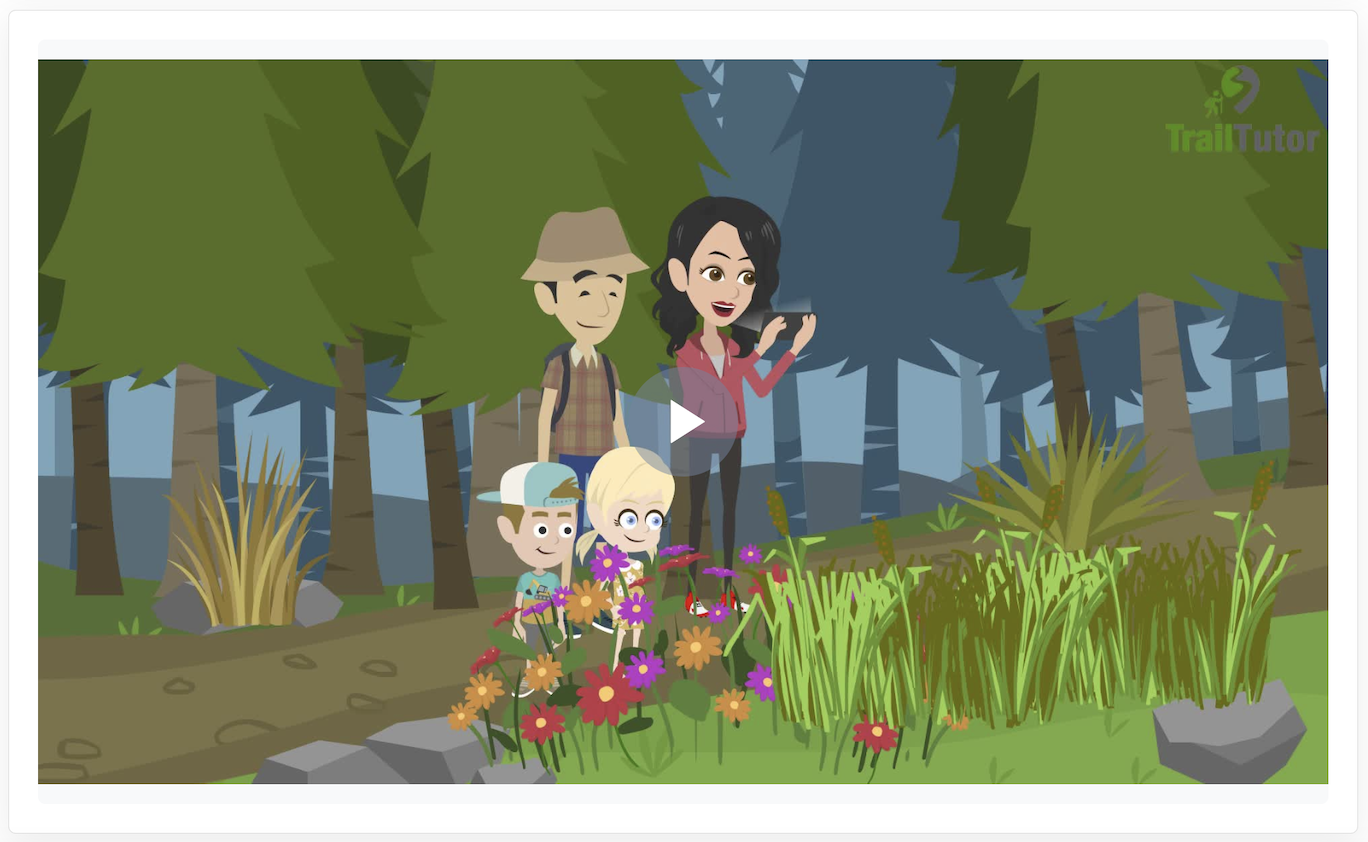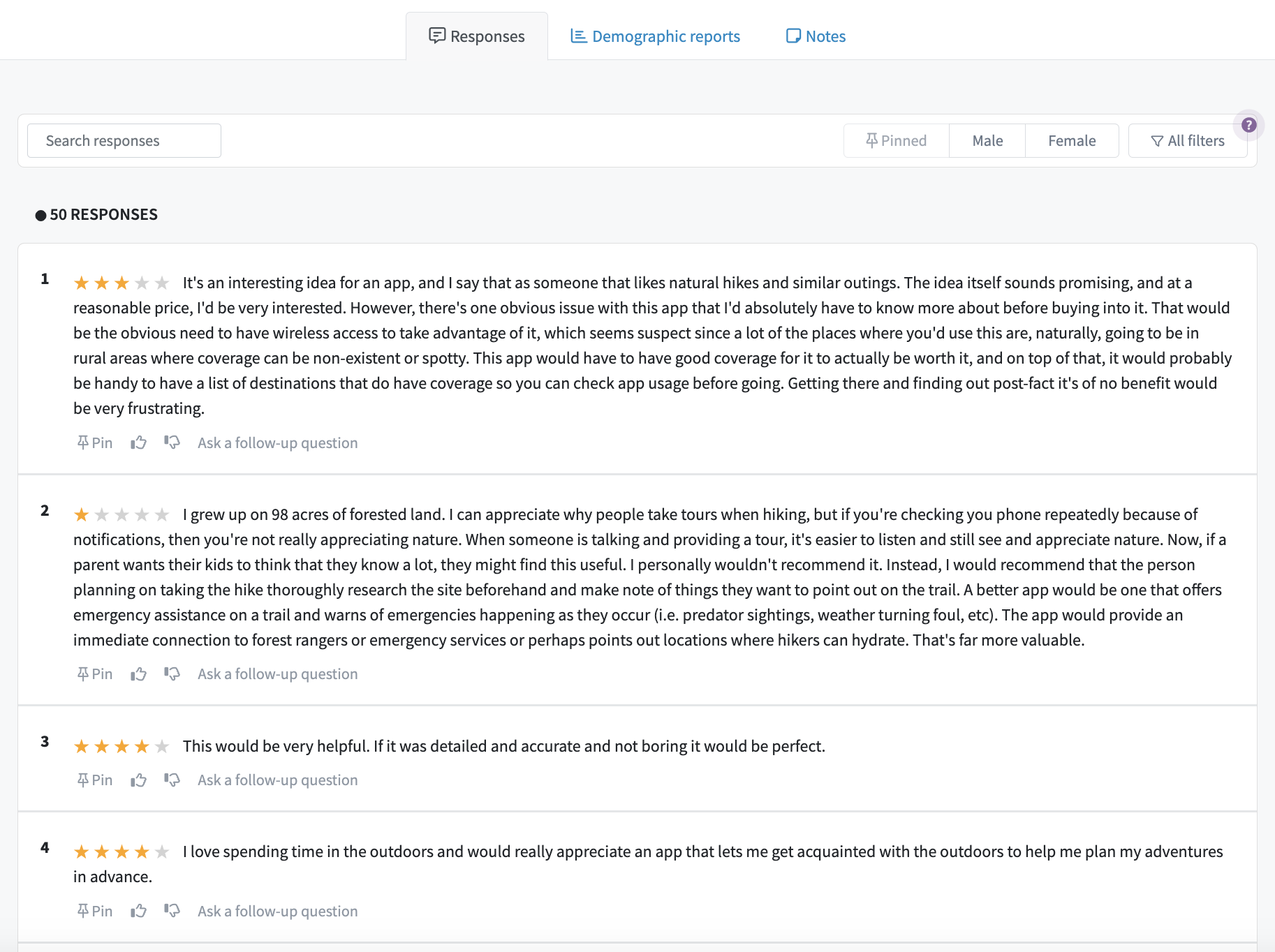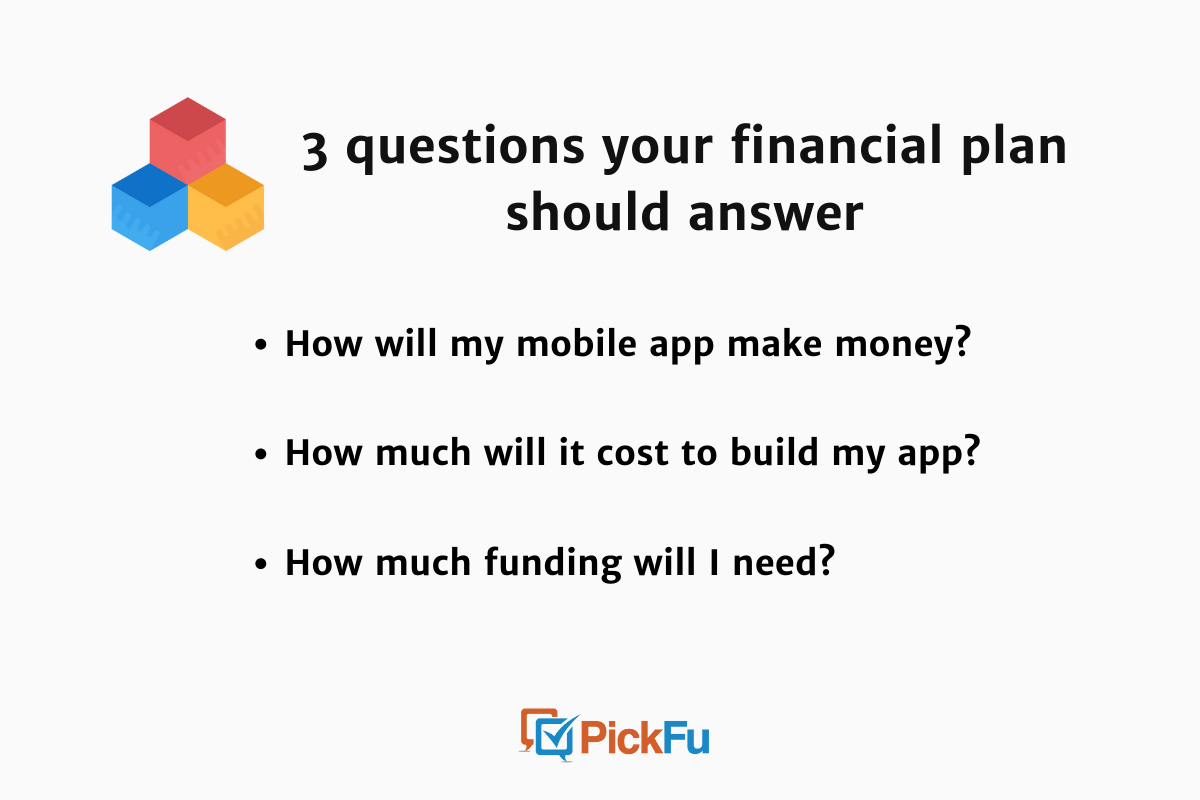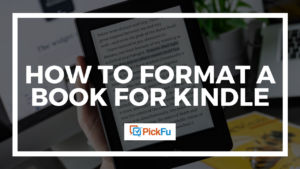Mobile apps are expected to generate nearly $700 billion in global revenue by 2027. That means there’s a lot of money on the table for anyone with a great app idea – but it’s not as simple as that.
With almost two million apps on the Apple App Store and nearly three million on the Google Play store for Android, competition is fierce.
Searching for a new and valuable mobile app idea is like finding a needle in a haystack. And having the right app concept is one thing, but getting it off the ground is another.
But let’s say you’ve discovered an app idea that you feel is worth investing in. How do you get started with raising money and building support for your idea? Below, we’ll break down how to sell your app ideas with a step-by-step guide so you can get your mobile app development underway with support from investors.
Is it worth it to develop and sell your app idea?
People love their phones, and they love the apps on their phones even more. The average smartphone user downloaded 45 mobile apps on their phone in 2023.
As for how much people use apps?
We ran a PickFu poll asking 100 U.S.-based respondents to estimate the number of hours a day they spend using apps on their phone. This includes social media and gaming apps.
After sorting through their comments and tallying their responses, we found:
- 51% spend between 2-4 hours on their smartphone apps
- 32% spent 1 hour or less
- 17% spend 5 or more hours
The point is, most people spend several hours a day using mobile apps – and it’s likely that number is under-reported.
The app industry is booming, and there are plenty of opportunities for a new app development company to create a successful app.
The step-by-step process for selling an app idea
Here are 6 steps you can take to get your app idea ready to sell.
Step #1: Write it down
The first step is the simplest: just put your app idea on paper.
Write down what your app does, who it’s for, its key features, what sets it apart from similar apps or solutions, and the value it brings to users.
This brainstorming or brain dumping session is a good way to find out whether your app has potential and to uncover problems or opportunities you might have missed.
It might take some work to organize your thoughts and find the right words to use. Copy testing can help ensure your messaging is clear.
Throughout the rest of the research and development process, some details might change – make sure you keep updating your mission, value props, and core app details so that everyone working on it (including you) is aligned and doesn’t get distracted.Once you’re done, you’ll have something to present to potential investors and refer back to yourself throughout the development process.
Step #2: Conduct market research
Market research is an important step you can’t miss. It will help you find similar apps, understand your target market, and get a sense of which business models and monetization strategies might work for you.
You should perform several types of market research before trying to sell your app idea.
Competitive analysis is a key market research technique. Search the app stores on iOS and Google Play for apps that are similar to yours. Look at the target audiences for competing apps and see if there’s overlap with yours.
As you research, keep these questions in mind:
- What specific problem does your app idea solve?
- Does it provide a feasible and efficient solution to the problem?
- Are there competitors with the same or similar solutions to this problem?
- Does your app offer a better alternative than your competitors? How so?
- Are there any gaps in your competitors’ solutions that your app can solve?
- Who is the target audience for your competitors’ apps? How is it different from your audience?
- What opportunities are there to position or market your app differently?
- What are people saying about similar apps? What are their most common likes and complaints?
This approach to DIY market research uncovers who your target audience is (and who they are not), opportunities to address to help your app stand out, and whether you need to revise your app idea.
Market research can also help you develop your branding and positioning, or even find trends that can inspire new app ideas and features.
Step #3: Validate your app idea
Being able to show that users are interested in your app will work in your favor when selling your app idea. It’s much harder to get investors on board if you can’t demonstrate any interest in the concept.
But it’s not enough to just ask your friends, family, or random people on social media if they would use your app. You need a bigger sample of real people in your target audience.
That’s where PickFu can help. With PickFu, you can quickly and affordably gauge interest in your app ideas by surveying potential users directly.
Our online platform enables you to poll people from a built-in, vetted consumer panel who fit the demographics of your target audience. You can target 15-500 respondents at a time by age, gender identity, average app store spend, gaming habits, and other traits.
Using PickFu for idea validation can be as simple as asking an open-ended question about your app idea. You can share videos, screenshots, links, or text to provide context about your app to the audience.
Here’s a good example of an Open-Ended poll gauging interest in a hiking-themed mobile app.
The user uploaded a video trailer for the app and asked 50 respondents who are hikers this question:
“Assuming a reasonable price, how interested would you be in using the app described in the video where 1 star is the least interesting and 5 stars is the most?”
Respondents rated the app idea an average of 4 out of 5 stars. They also explained their interest level in detail and offered pros, cons, and suggestions for improvements.
You can also compare multiple app concepts using a Head-to-Head or Ranked poll, and respondents will vote for which one they prefer.
With every PickFu poll or survey, respondents are required to provide written feedback – so you’ll get qualitative as well as quantitative data to help support your app idea.
When you validate your idea with insights from your target audience, you’re better suited to prove your app’s value proposition to potential buyers and investors.
Step #4: Create a mobile app business plan
You’ve already taken critical first steps by putting your app idea into writing, conducting market research, and validating your concept. Now it’s time to turn all of that into a convincing mobile app business plan.
Your plan should give a real projection of what you hope to achieve with your app.
Here are the key pillars of a mobile app business plan:
📒 Executive summary: a concise description of your app that includes the market situation, target audience, and product information.
🏢 Company description: information about you and your team, your experience, responsibilities, accomplishments, and your mission statement.
⛰️ Risk and opportunities assessment: analysis of the strengths, weaknesses, opportunities, and threats of your business and app.It’s a bonus if you have industry knowledge, which will prepare you for the inevitable challenges your app will face. Make sure your business plan reflects that.
Step #5: Outline your marketing strategy
Your mobile app marketing strategy will show investors how you plan to grow and monetize your app. Even the best app will fail if nobody knows about it.
Facebook and Instagram marketing through Meta is a powerful way to increase awareness of your app – so are other popular social media platforms like TikTok.
Will you use influencers, paid placements, or display ads to promote your app idea? How will you reach communities or places where your target audience spends time? And once you acquire users, how will you retain them and grow app usage and spend?Here are a few key things every marketing strategy should have:
🕵️ Ideal buyer persona
Personalization leads to profitability. In order to tailor your app to your audience, you need to create your ideal customer profile. An easy way to do this is with a free online tool such as HubSpot’s Make My Persona.
📊 Key performance indicators (KPIs)
KPIs are metrics for measuring your app’s success. How else will you know whether your marketing and growth strategies are working?
Set a few key metrics to track, such as the number of downloads, subscriptions, or in-app purchases.
🎯 Customer acquisition strategy
How are you going to acquire customers, and how much will it cost?Identify the channels you’ll use to generate leads. Will they come via social media, PPC ads, or somewhere else?
Then calculate your customer acquisition cost (CAC). Check out our mobile app business plan guide for more on how to calculate CAC.
Step #6: Have a detailed financial plan
The main objective of a financial plan is to answer questions that potential investors are likely to ask you about your app idea.
Here are three questions you should be ready to answer.
- How will your app make money?
- How much will it cost to build and run your app?
- How much funding do you need, and how will you allocate it?
You should also have an answer ready for how much of your own money you are willing to put into your app idea if you plan on developing it yourself.
Where to find investors for your app idea
Now that you have a plan to sell your app idea, it’s time to execute it! Let’s look at the types of investors to whom you can sell your idea and get funding.
Friends and family
The financial support of your family and friends can be just enough to get you started and supplement other sources of funding.
It can definitely help you in the research stage before you begin serious production on your app.
Crowdfunding
Crowdfunding is a fundraising method for a cause or project where many people donate money in small amounts, usually over a period of a few months or so.
On a rewards-based crowdfunding platform like Kickstarter, you could offer your supporters rewards based on their level of contribution.
Rewards could range from a free download once your app is live to discounts on in-app purchases.
Learn more about crowdfunding in our guide to how to launch a successful crowdfunding campaign.
Business angel networks
Wealthy angel investors and angel groups invest their own money or equity into small businesses and startups, usually in the very early stages.
They expect a high return on their investment, as much as 40%.
Angel Capital Association and AngelList are good places to start your search.
Venture capital
Like angel investors, venture capitalists invest and expect hefty returns. Venture capitalists are part of firms that invest on behalf of other people and they generally target businesses that are already established.
Look for venture capital (VC) organizations that have experience investing in mobile apps. Some of the most prominent VC firms active in the app space include:
- Sequoia Capital
- Kleiner Perkins
- Andreessen Horowitz.
Tech giants
Do an online search to find tech companies’ recent app acquisitions and investments. Chances are, they’re interested in looking for new app ideas that are relevant to their business – and have the potential to make money, of course.
💡 Bonus tip: Protect your app idea
You might think investors are kind-hearted entrepreneurs who want to help you with the app development process, but it’s important to secure your intellectual property and protect your hard work from misappropriation.
A non-disclosure agreement (NDA) establishes a confidential relationship between you and your investors. By signing it, your investors agree not to share sensitive information about your app.
That’s one way to protect your app idea from being stolen. You could also pursue a patent, copyright, and trademark for your app.
In a nutshell, don’t let all the work you put into validating your app idea, naming your mobile app, and creating a plan to sell it go to waste.
Make a plan for your app idea to succeed
The mobile app market is growing. The best way to sell your app idea to potential investors is to create a detailed plan, perform competitive research, and demonstrate the potential of your concept.Ready to validate your app idea? Find your audience of potential users on PickFu and start a poll today.
FAQs about how to sell an app
How can I raise money for my app development?
First prove the value of your app concept by conducting market research and validating your ideas. Then, build a business plan that includes the funding model for development, potential monetization and income stream, and a marketing plan. Take your product validation reports and business plan to investors from venture capital firms, app companies, or even friends and family. You can also crowd-fund app development using sites like Kickstarter.
How do I know my app will be successful?
The best way to make sure your app will resonate with your intended user base is with market research and surveys. PickFu is one customer insights platform that allows you to poll a wide range of demographic subsets to test and validate your ideas and concepts. The results of this research will help you fill out a business plan and proposal that will attract potential investors.
How much does it cost to develop an app?
App development costs vary widely. It will depend on the amount of know-how you have, how much you have to outsource, and what sort of programming or design you need to make your app successful. Common app development costs include:
- Design
- Programming
- Market research
- Testing
- Prototyping
- Marketing
The good news is, market research and product testing is made easy with PickFu.



